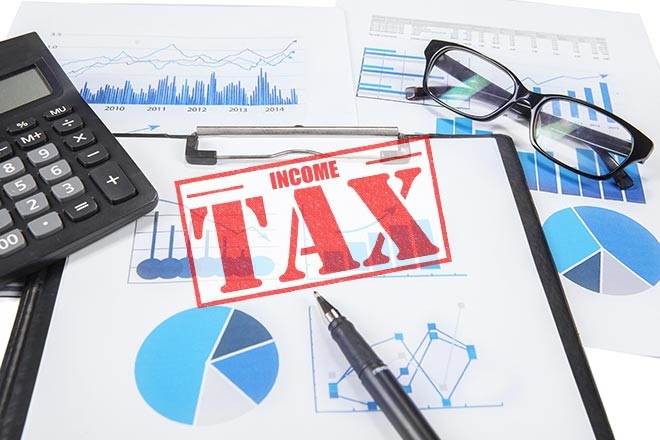The I-T department will deposit your refund exclusively into the bank account you specified during the ITR filing process. Ensure that the bank account details you provide are pre-validated on the income tax e-filing portal to facilitate the successful transfer of the refund by the department.
The deadline for submitting your Income Tax Return (ITR) for the financial year 2023-24 (Assessment Year 2024-25) is July 31, 2024. Timely filing is crucial to ensure you can claim any eligible tax refunds. Several online resources, such as the Income Tax Department’s website, are accessible to assist you in filing your ITR.
Also Read– SBI Loans Set To Be Expensive, Bank Hikes Lending Rates By 5-10 Basis Points
After submitting the ITR form, it’s essential to undergo the e-verification process to authenticate your return. The department provides several methods for e-verification, such as using your Aadhaar or Net Banking credentials. Post this, the department will evaluate your return after e-verification. This entails looking for anomalies or unpaid taxes. You will get a notification verifying the processing and any possible refund amounts if everything is in order.
Receiving tax refund online
The department will start the process of transferring the money to your bank account if the notice indicates a tax refund. After e-verification, this procedure usually takes four to five weeks. On the department’s website www.incometax.gov.in, you can monitor the refund status. Two essential requirements must be fulfilled for a successful deposit of an income tax refund:
Pre-validated bank account: The Income Tax Department transfers refunds only to bank accounts that have been pre-validated. This entails ensuring that the bank account details (such as account number and IFSC code) linked to your Permanent Account Number (PAN) are verified on the income tax e-filing portal before the refund process.
Accurate bank account information: When filing your ITR, make sure to enter the correct details of the bank account where you wish to receive the refund. Errors or discrepancies compared to the pre-validated account may cause delays or result in failed deposits.
Also Read– SBI Cards Rule Change From Today: No Reward Points For THESE Transactions, Check Full List
What if a taxpayer doesn’t receive the refund?
If the refund is not received in the anticipated period (which is typically four to five weeks after e-verification), the taxpayer may take the following action:
Review for errors in ITR: The notification from the Income Tax Department may indicate any inaccuracies or miscalculations in your filed ITR. These discrepancies could potentially delay the refund process. You can view the notification through the e-filing portal.
Monitor email notifications: The department may send emails providing updates on your refund status. These notifications could alert you to processing delays or request additional information if needed.
Use online refund status tracker: The Income Tax Department’s website provides a tool for monitoring your refund status. By entering your PAN and assessment year details, you can track the progress and identify any specific reasons for delays.
If these steps do not resolve the issue, the taxpayer can escalate the matter by:
Contacting the CPC helpline: The Central Processing Centre (CPC) handles tax return processing and has separate helplines for inquiries about your refund status.
Submitting a grievance on the e-filing portal: Taxpayers can use the e-filing portal to lodge grievances concerning their tax returns or refunds, offering a constructive avenue to escalate and resolve the issue.
Read More: Tomato Prices Likely To Ease In Delhi As Supply Improves From Southern States: Officials
By following the steps mentioned above, taxpayers can efficiently monitor the status of their income tax refund and manage any delays in receiving their entitled amount.





































